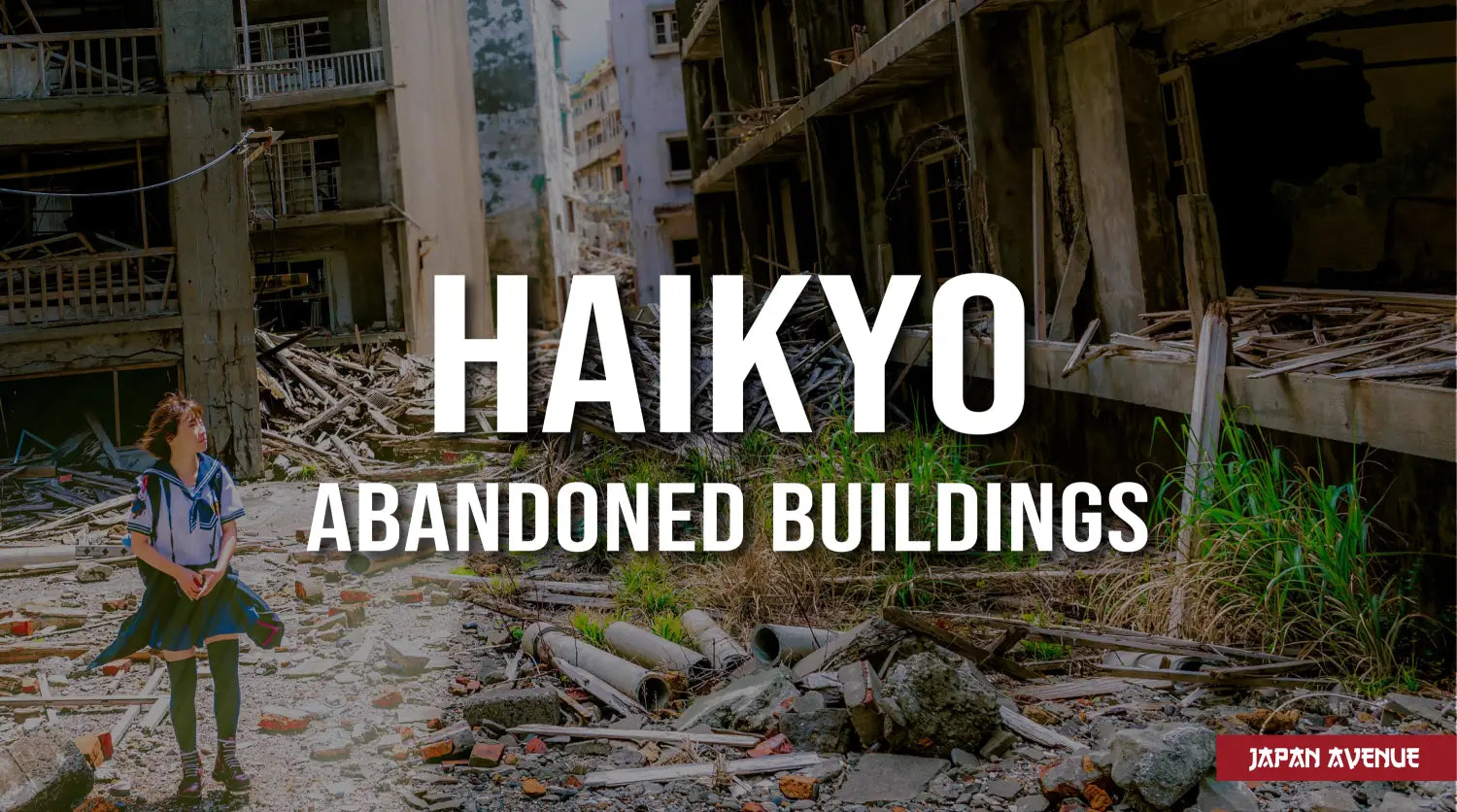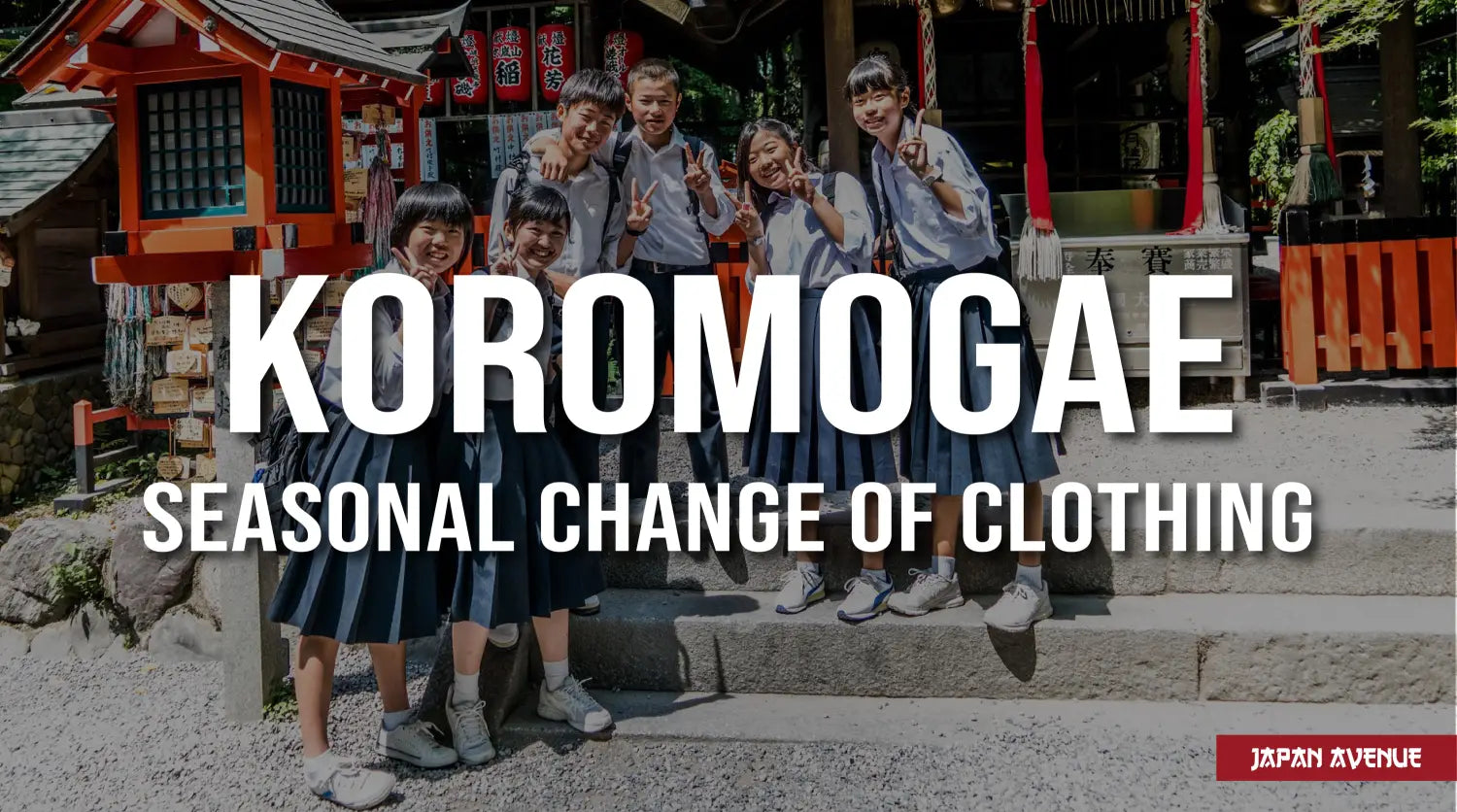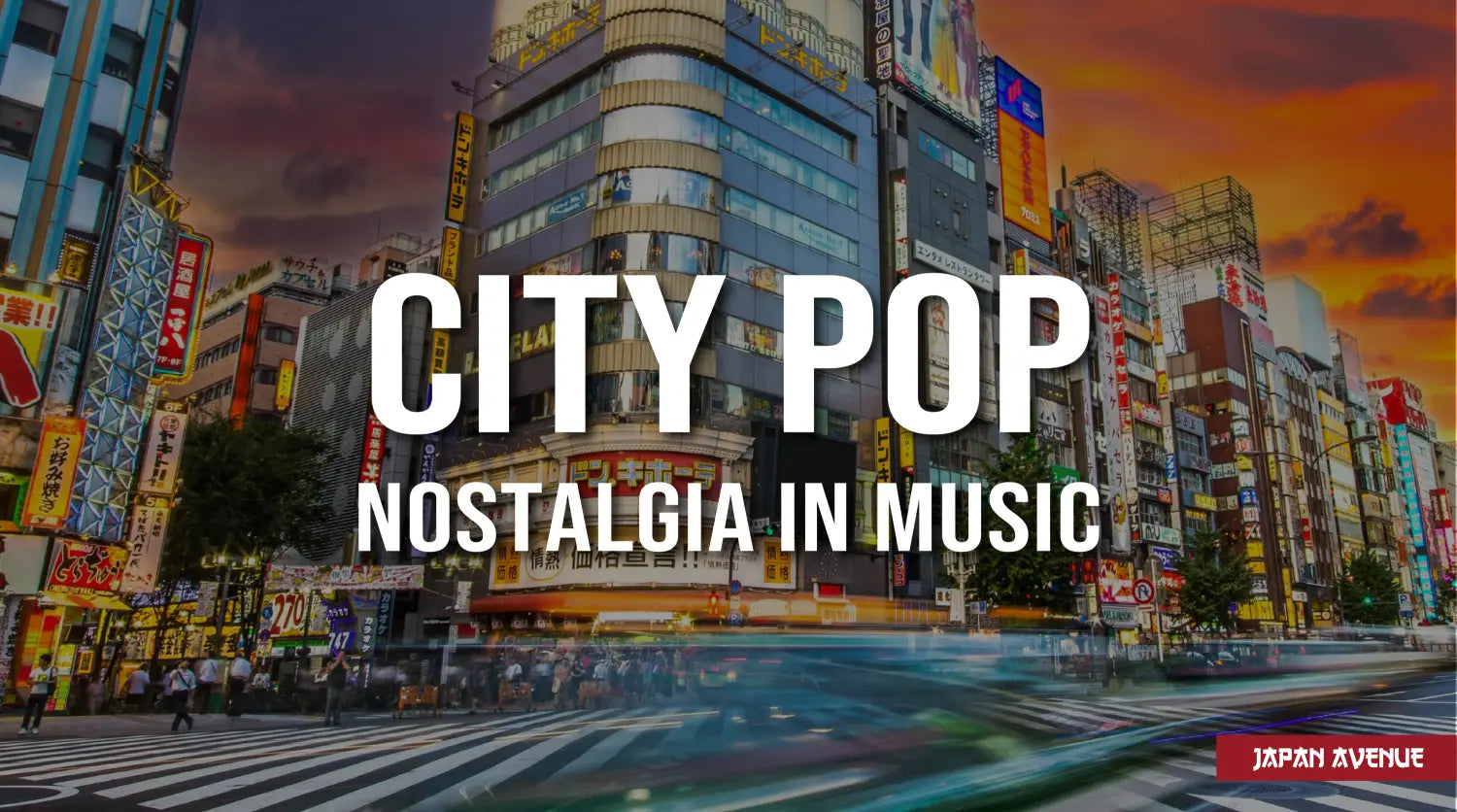Urban exploration, nicknamed Urbex, has been democratized thanks to the Internet. There are countless videos of people filming themselves examining an abandoned place.
Japan is the dream playground of explorers from all over the world. A new form of tourism has developed, where curious people break the law to contemplate Haikyo: deserted and isolated buildings.
Why are there so many Haikyo in Japan and what are those who visit these ruins devoid of human life looking for?
Haikyo: The specificity of abandoned places in Japan

Definition and symbolism of Haikyo
Haikyo is Japanese for "ruins" and refers to places abandoned by their owners, sometimes overnight: temples, luxury villas, amusement parks, schools, hospitals or even rural villages and entire islands.
The urbexers have very precise rules: don't steal anything, don't damage anything. Thus, some of these disturbing and disused places kept a unique atmosphere. Each explorer has the impression of being the first, the only one to venture into the ruins. He can then investigate, revisit the history of Haikyo, and imagine the life that inhabited it before everything changed. A real trip back in time, full of nostalgia.
These abandoned buildings are the symbol of the passing of time, of hope, ambition and disillusionment of an era, of nature that eventually takes over. Thanks to the explorers' photographs, Haikyo are transformed into real works of art.
Urbex is also about defying the forbidden, putting oneself in sometimes very dangerous situations in places that could collapse at the slightest mistake.
Why are there so many Haikyo in Japan?
Between 1960 and the first oil shock in 1973, Japan's GDP grew three times faster than that of Western countries. It became the second most powerful economy in the world. This precipitous industrialization provoked a massive rural exodus. The Japanese countryside was left behind in favor of the city. In 1970, a third of the population was concentrated in the three giant poles: Tokyo-Yokohama, Nagoya and Osaka-Kobe-Kyoto.
The ageing of the population and its decline accentuate this phenomenon. Deprived of patients and students, hospitals and schools have no choice but to close their doors.
Lastly, many ambitious projects such as luxury hotels or amusement parks unfortunately went bankrupt due to the economic crisis of the 1990s. Sometimes the fall is brutal, and the owners abandon all on the spot.
Top 10 most impressive Japanese urban exploration places
1. Gunkanjima Island: abandoned overnight

In 1959, Gunkanjima is home to a coal mine and has the highest population density in the world. Then, the coal exploitation fell and was replaced by oil. All the workers abandoned the island, which was no longer of any use.
2. Marugen Building: the deserted mansion and its treasures

Source: offbeatjapan.org @ Jordy Meow
This Haikyo mansion is situated on a mountainside and overlooks the Pacific Ocean. It belonged to billionaire Genjiro Kawamoto and served as his art storage. Although nicknamed "the king of Ginza construction", he was caught by his schemes and sentenced by the Japanese justice.
3. Canadian World Amusement Park

Source: atlasobscura.com
Theme park based in Hokkaido. It went bankrupt after the crisis of the 1990s. The scenery that once reproduced Canada is now in ruins.
4. Ikeshima Island

This island suffered the same fate as Gunkanjima. A mining company invaded the island in 1952 to develop the most modern coal mine in the country.
5. Gluck Kingdom

Source: Japonsecret.fr @ Jordy Meow
Amusement park celebrating the world of the Brothers Grimm and recreating medieval Germany. Abandoned in 2007.
6. Hachijo Royal Resort

Source: scottbrills.com
A sublime hotel inspired by French Baroque architecture. Its statues, fountains and luxurious ornaments have not escaped the economic crisis.
7. The abandoned Western Village

Source: obsidianurbexphotography.com
A grandiose theme park built during the high growth period in 1973. It even features a replica of Mount Rushmore...
8. Nagoro, dolls' village

Source: shikoku-tourism.com
Also named Kakashi no Sato, this abandoned place is quite spooky. 270 dolls were made and scattered around the village in memory of its inhabitants.
9. Ashio Dozan, the copper mine

Source: gaijinjapan.org
A mining town which unfortunately suffered considerable environmental damage. Abandoned in 1973.
10. The Russian village of Niigata
Ghost village closed in 2002. The domes of its Orthodox churches are now eaten away by time...
Haikyo are the memory of an era full of ambition and decadence. These natural ephemeral museums represent the consequences of the consumer society. A unique experience.




1 comment
Sarah Zeitzew
The articles are really good. I love the information being provided. I feel like there could definitely be a book on the history of these abandoned places. I would honestly be so interested in a book as well.
The articles are really good. I love the information being provided. I feel like there could definitely be a book on the history of these abandoned places. I would honestly be so interested in a book as well.